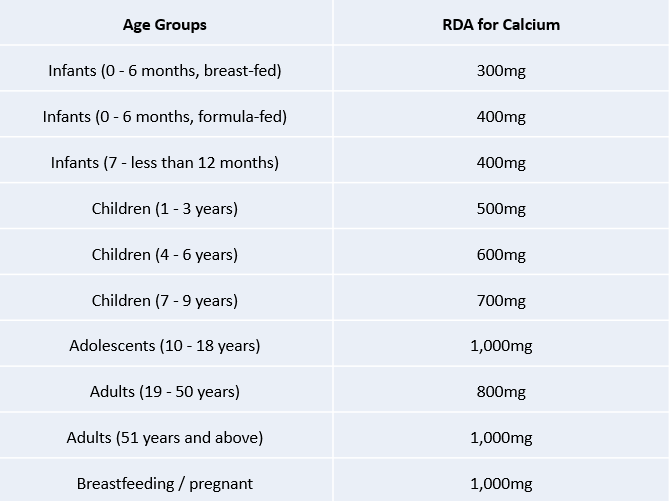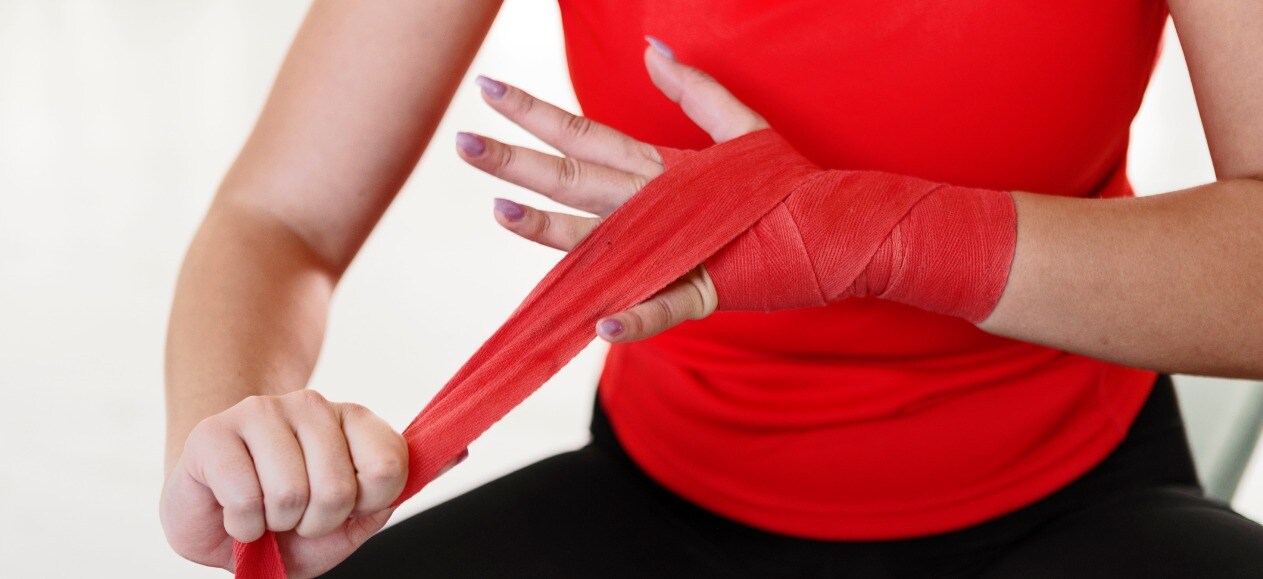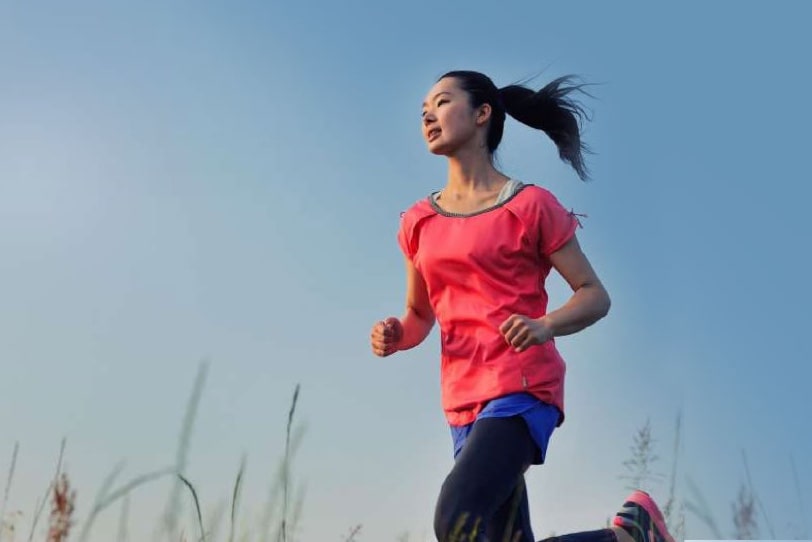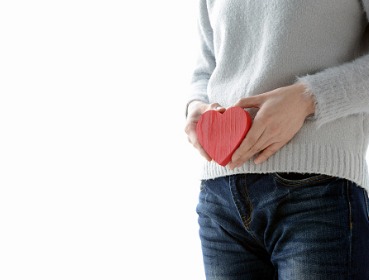Osteoporosis, part 2: Workouts to avoid shrinking with age
Got milk? Exercises to improve your gut health
Sometimes, it’s not just about how much milk you drink, or how often you work out. Our bone density peaks between the ages of 25 to 30; but after that, it naturally starts to decrease. That can put us at risk of conditions such as osteoporosis; and that in turn leads to other issues such as more serious falls, fractures, etc. Nonetheless, regular activity and diets can keep us from weakening and, yes, literally shrinking, as we age.
What is osteoporosis?
Osteoporosis is a common effect of aging. It’s a condition where your bone mass decreases. Now you may not feel any of the effects as this happens - but the condition may only become clear after you have an accident.
More brittle bones could mean fractures in serious locations like the hip, spine, or risk when you fall (this is one reason why falling is more dangerous for the elderly than the young).
Other common symptoms, besides more fragile bones, can (but don’t always) include a stooped or “hunched back”, loss of height, and constant back pains.
While everyone can suffer from osteoporosis, it’s more common in women who are past menopause.
Luckily, there are ways to deal with osteoporosis
You can fight osteoporosis with a combination of diet and exercise. First, take note of the Ministry of Health’s Recommended Daily Allowance (RDA) of calcium. Pick foods that meet these daily allowances:

Even if you’re not elderly yet, it’s best to start when you’re younger. The better your diet and bone density in your younger days, the better you’ll resist osteoporosis in your twilight years.
Some of the best calcium sources, according to experts from Singapore General Hospital, are green leafy vegetables, broccoli, legumes, salmon, shrimp, and dairy (milk, cheese, and yogurt).
It’s important to diet as well as exercise, since maintaining bone density is ultimately affected by the minerals and vitamins you eat.
Workouts to fight osteoporosis
These following activities can help to strengthen you against osteoporosis:
1. Strength training exercises
These involve the use of free weights, such as dumbbells, or the use of weight machines. These help to slow the loss of bone density, and build stronger muscles (the stronger your muscles, the lower the risk of falls).
However, you will need a qualified trainer or doctor to determine the correct amount of weight, to avoid injury. If you currently already have osteoporosis, it is best to avoid activities that require you to twist or strain your spine and hips.
2. Weight-bearing aerobic activities
These activities include brisk walking, climbing stairs, or even simple day-to-day activities like gardening (if you’re squatting and standing again repeatedly). These help to slow the loss of bone density in your legs, and strengthen your leg muscles.
Swimming and cycling are also forms of weight-bearing aerobic activities; but these are better for building leg muscles and balance, than for slowing the loss of bone density.
3. Flexibility exercises
These are simple bending and stretching exercises. Many HDB sports corners have exercise machines catered to this, such as spinning wheels for arm rotations. Some specialised types of exercise, such as yoga, are heavily focused on increasing or maintaining flexibility (but beware of poses that stretch or twist the spine).
For those who have osteoporosis, flexibility exercises should be slow, and not involve sudden movements. It’s also best to avoid flexibility exercises that involve bouncing (e.g., on a medicine ball), or flexing your spine; ask your doctor first.
4. Stability and balance exercises
These may not help with bone density, but they do ensure you’re less prone to falling. Slow martial arts, such as tai chi, or more intense activities like planking, can all count towards this. But as there are so many different types of stretching exercises, people with osteoporosis should get the right set of exercises from their doctor.
Be wary of high intensity / high impact workouts
There is ongoing research that shows that, if conducted in a correct and supervised manner, high intensity training can improve bone density. However, high impact exercises can be dangerous to those who currently suffer from osteoporosis.
Impact from bouncing (slamming on the knees, ankles, hips, etc.) can fracture bones or damage joints that are brittle. Likewise, some fast-paced activities, such as football and tennis, can increase the risk of falling. Ultimately, it’s best to get a doctor’s opinion on these types of activities; and if you’re in doubt, default to safer and slower exercises.
Injury occurred during exercise
If you’ve suffer an exercise-induced injury, physiotherapy may be required. A good personal accidental plan can provide for these situations. Some plans can provide for the ongoing costs of physiotherapy, even after your initial hospitalisation.
Note: Consult your doctor before embarking on any exercise routine. Your doctor may require certain tests, such as bone density scans, to be done before advising on exercise regimes. It’s also advisable not to exercise alone if you are elderly, or suffer from existing health conditions. Exercise with a qualified trainer overseeing your routine.
Let us match you with a qualified financial representative
Our financial representative will answer any questions you may have about our products and planning.








